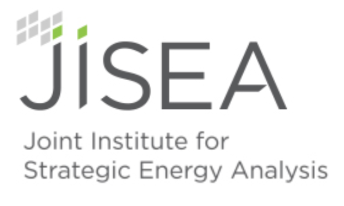Top Five JISEA Highlights of 2021
Jan. 5, 2022—2021 was filled with collaboration and scientific advancements at the Joint Institute for Strategic Energy Analysis (JISEA). “People are seeking out JISEA to answer their energy transition questions, particularly on clean energy manufacturing and supply chains,” said JISEA Director Jill Engel-Cox. “We worked on multiple diverse and interesting topics with amazing energy leaders.”
The institute partnered on studies with a growing list of external collaborators and scientists at the National Renewable Energy Laboratory (NREL) across 12 research centers, from applied engineering to grid planning and analysis to power systems engineering.
Three JISEA publications remain in the top 20 most downloaded NREL publications from the past 6 years, including Global Carbon Fiber Composites Supply Chain Competitiveness Analysis, A Comparison of Fuel Choice for Backup Generators, and Supply Chain of Raw Materials Used in the Manufacturing of Light-Duty Vehicle Lithium-Ion Batteries.
Below are a few of the many highlights from JISEA in 2021.
CEMAC/JISEA Releases Global Clean Energy Manufacturing Data and Insights
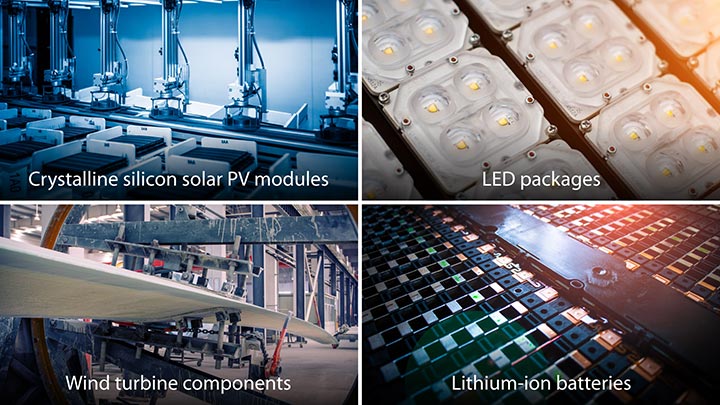
In February, JISEA's Clean Energy Manufacturing and Analysis Center (CEMAC) released the Benchmarks of Global Clean Energy Manufacturing, 2014–2016 report, providing data and insights on four leading clean energy technologies: wind turbine components, crystalline silicon solar photovoltaic (PV) modules, vehicle lithium-ion battery cells, and LED packages, in 13 economies over 3 years from 2014 to 2016. CEMAC is the only organization to study trade and value added from clean energy manufacturing. The report was the most downloaded JISEA publication and 45th most downloaded NREL publication (out of nearly 14,000) of 2021.
2021 JISEA 11th Annual Virtual Meeting Connects, Engages, and Educates Attendees
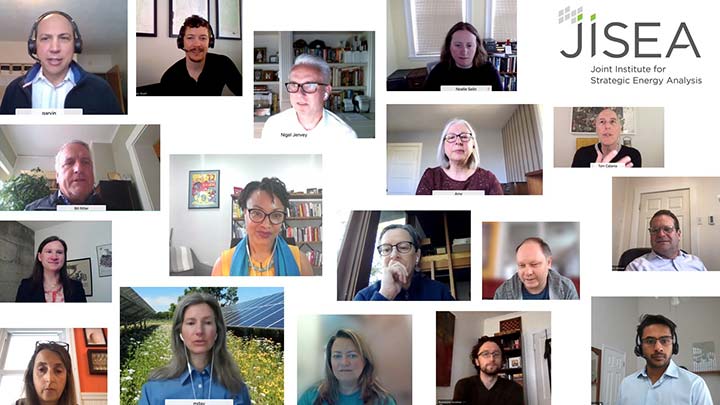
In April, JISEA hosted its 11th annual meeting in a virtual format every morning for one week. JISEA moderators hosted engaging discussions about emerging questions in the clean energy transition with esteemed panelists, including U.S. Deputy Director for Energy Justice Shalanda Baker. Topics throughout the week included opportunities for industrial decarbonization; interconnections across climate, air quality, atmospheric systems, and energy; local impacts of clean energy transitions; and the keynote discussion on energy equity with Shalanda Baker.
JISEA Catalyzers Will Incubate Clean Energy Research Capabilities

In May, the institute launched the JISEA Catalyzers initiative that accelerates clean energy research capabilities through collaboration. The JISEA Catalyzers brings together thought leaders from JISEA and NREL to leverage energy analysis, projects, data, and tools within specific research areas. Each catalyzer is led by a principal investigator and incubated for 1–2 years before being launched into a new NREL-led program. The two inaugural Catalyzers—Energy and Atmospheric Systems, and Sustainable Communities—stemmed from research questions of growing importance and emerging capabilities at JISEA/NREL. The Sustainable Communities Catalyzer will “graduate” into a new research center at NREL in 2022.
JISEA-Supported Analysis Helps Close the Gap in Inventories for Emissions From U.S. Oil and Natural Gas Production
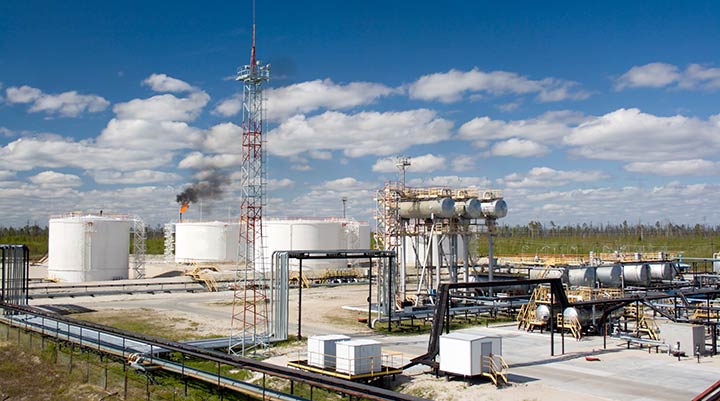
In August, JISEA and NREL published a new, bottom-up analytical approach to accurately estimate methane emissions from oil and gas production. The U.S. Environmental Protection Agency estimates methane emissions from oil and natural gas production in its annual Greenhouse Gas Inventory. However, the inventory is consistently low compared with site-level field measurements. The new JISEA/NREL approach uses component-level direct emissions measurements to estimate at the most detailed level and scale up—providing an overall more accurate representation of emissions from oil and gas production.
Profitable, Clean, and Efficient Farming Starts With Renewable Energy Sources, Sustainably Produced Biofuels
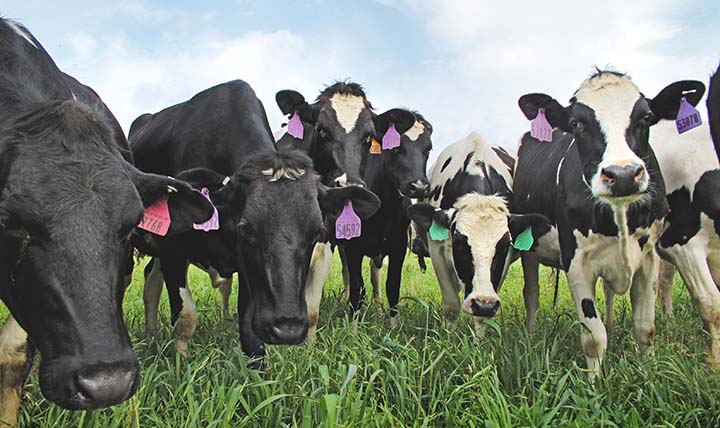
JISEA partnered with the Colorado Department of Agriculture and Colorado Energy Office to study sustainable energy generation and consumption in Colorado farms. JISEA modeled the potential of an anaerobic digestor system with combined heat and power at Aurora Organic Dairy High Plains Farm in Gill, Colorado. As modeled, the system could produce heat and power equivalent to the hot water needs of 3,400 households and electricity needs of 1,800 households. In another case study, JISEA modeled the potential of solar energy in four Colorado agricultural greenhouses, which require carefully optimized environments for precise water and nutrient cycles. Findings show there is no one-size-fits-all solution, but combinations of solar power and solar thermal technologies could reduce operating costs, improve farm competitiveness, and improve the sustainability and resilience of agricultural yields.
Back to JISEA News
